What is a flat white?
The flat white is an iconic specialty coffee; synonymous with the rise of third wave coffee in the late 20th century. Its antipodean roots have given way to global appeal, making it the drink of choice for many discerning coffee lovers. But what is a flat white? Why does it command such a wide appeal? And how can you make one?
The origin of a flat white
The exact origin of a flat white is contested, with both Australia and New Zealand claiming this popular recipe as their own.
The name refers to the flat layer of silky microfoam which sits atop a flat white – its creation reportedly a response to customers tiring of the fluffy peaks of foam routinely served on lattes and cappuccinos at the time.
Indeed, the key to a flat white is getting the steamed milk just right. Too hot and the sugars in the milk are burnt, leaving a bitter drink. Too much texture and it’s impossible to seamlessly combine espresso with milk, making a layered drink with stiff, unpalatable foam.
Flat white recipe
A flat white is commonly served at a 1:2 or 1:3 ratio of espresso to milk.
Ingredients
- Double espresso shot.
- 4oz or 6oz steamed milk.
How to make a flat white steps
- Grind enough coffee for a double espresso.
- Extract a double espresso shot into a small glass or cup.
- Steam a portion of milk, creating a light, silky microfoam.
- Pour 4-6oz of milk, combining it with the espresso and leaving a fine layer of foam on top.
Points to note
- Flat whites can be served in a glass, tumbler or small cup – choose a 6 or 8oz cup and fill it to the brim.
- A flat white is an accepted recipe, with a specific ratio of espresso to milk. Be wary of coffee shops that offer more than one size of this signature drink. They have not understood the assignment.
- Dairy or plant-based milk can be used for flat whites.
- While it is common to order flavoured lattes, flat whites are generally enjoyed just as they are, without syrups.
FAQs
What size is a flat white?
It’s difficult to give a definitive answer to this question as over the years a variance has developed. Die-hard coffee lovers consider a flat white to be strictly 5oz or 6oz, whilst some coffee shops (tending towards the more commercial end of the scale) will serve it 8oz or even as much as 10oz. The general consensus is somewhere around 6oz-8oz
What makes a flat white special?
As third wave coffee took off, the flat white offered a drink for people who like their coffee milky, but enjoy the complex flavors in specialty coffee. The smooth, silky microfoam take skill to achieve and these two factors combined to make it a popular drink among modern coffee connoisseurs.
Why can I only order one size flat white?
A flat white is a specific recipe, meaning the ratio of milk to espresso is one of its defining characteristics. To increase the size would mean changing the ratio, making it an entirely different drink.
What’s the difference between a flat white and a latte?
A latte is similar to a flat white, but the crucial difference is in the size (and therefore the ratio of milk to espresso). A flat white is usually 6-8oz, while the latte is larger. In terms of taste, a flat white is less milky, less sweet and a little more intense than a latte.
Looking for other recipes? Read our article about coffee drinks explained.
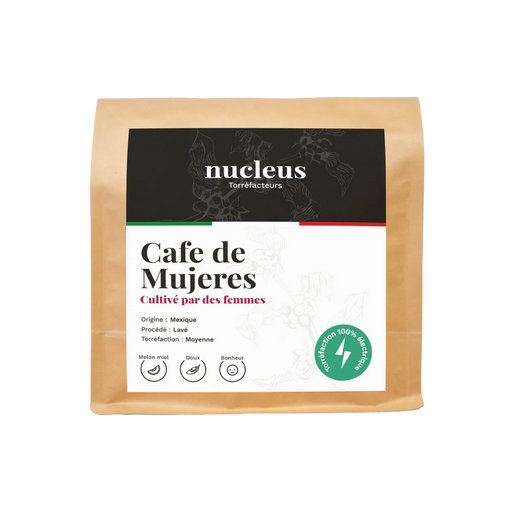

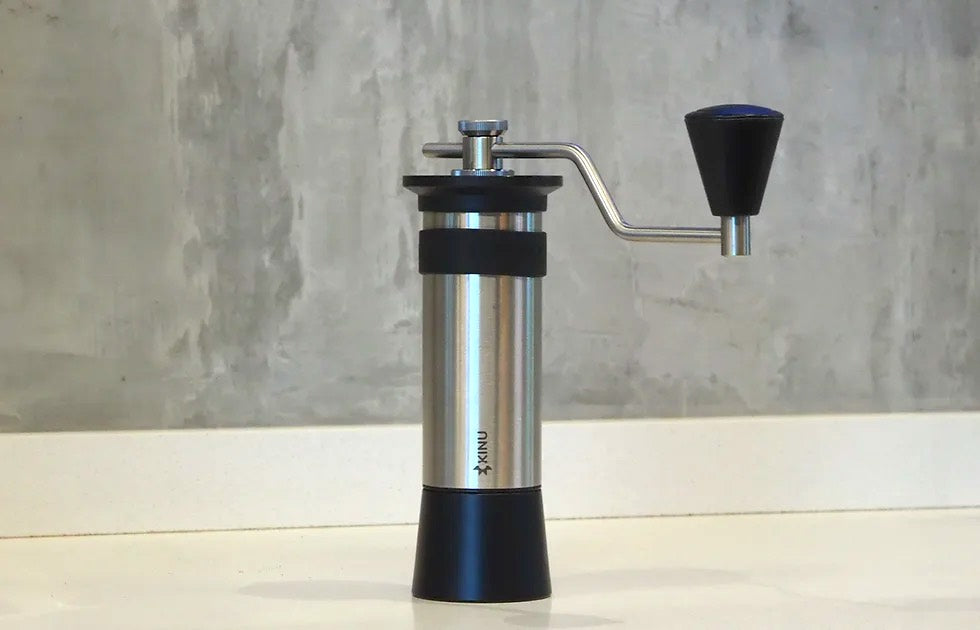




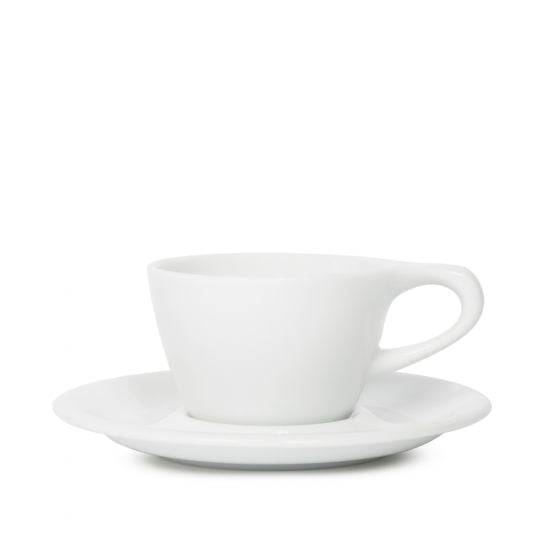



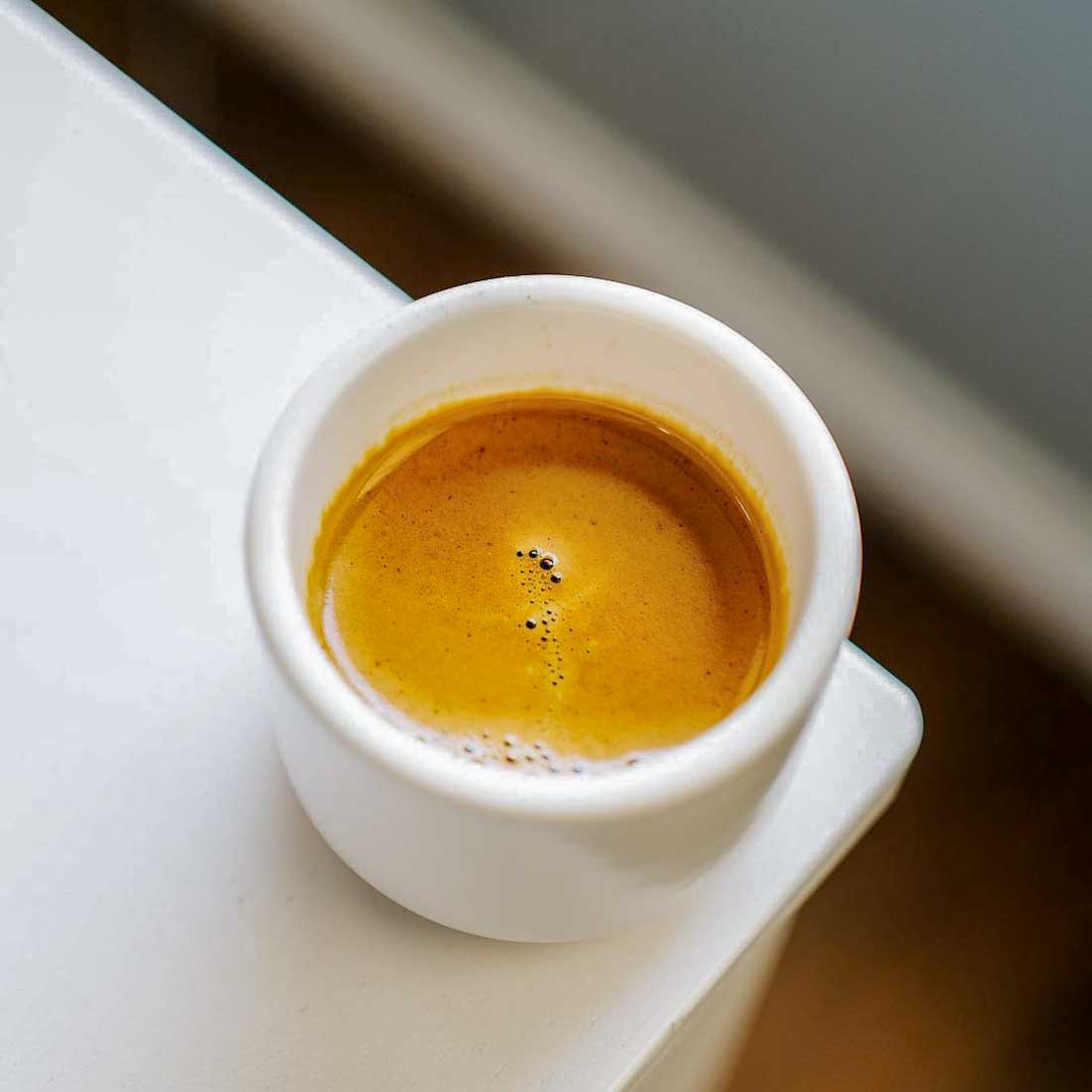
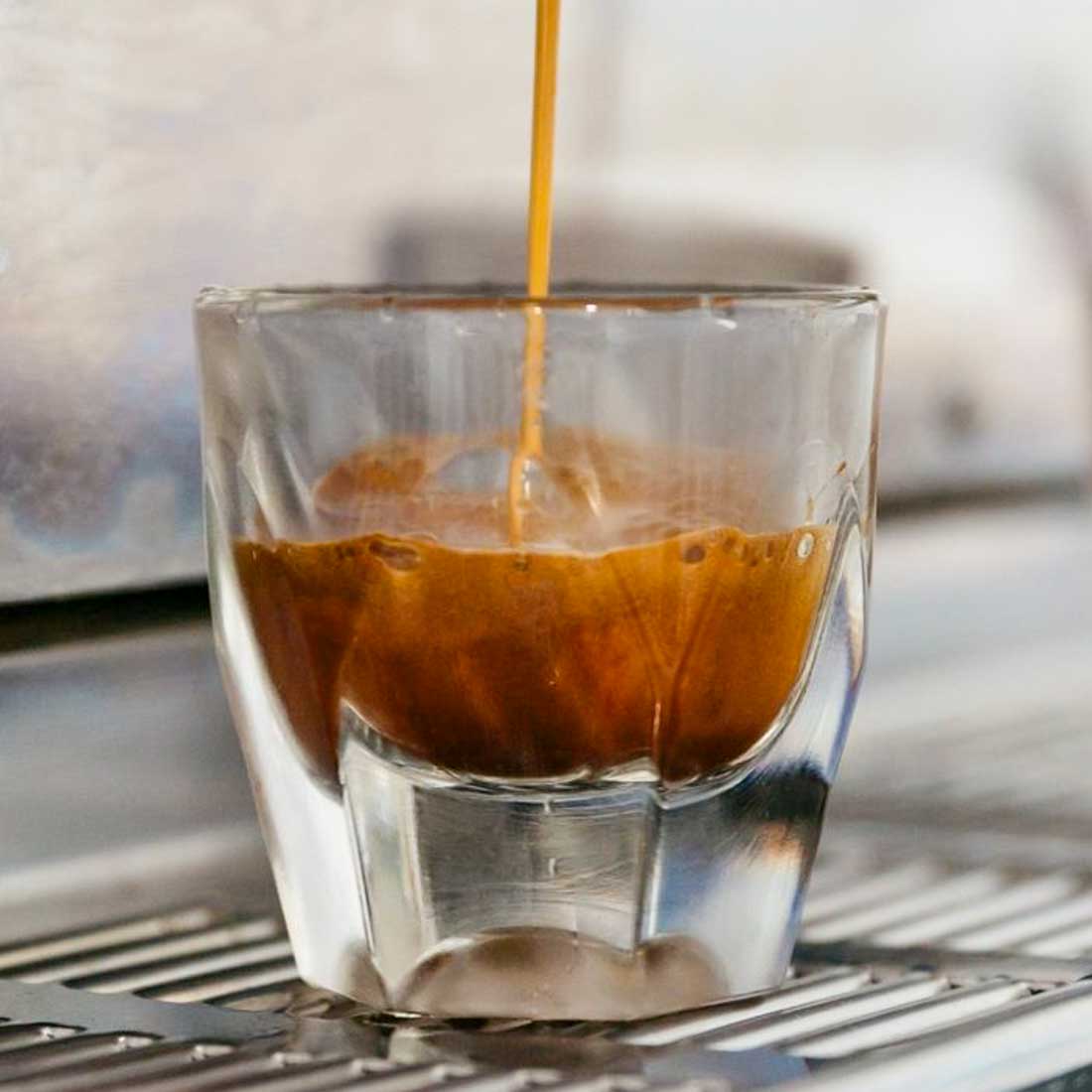
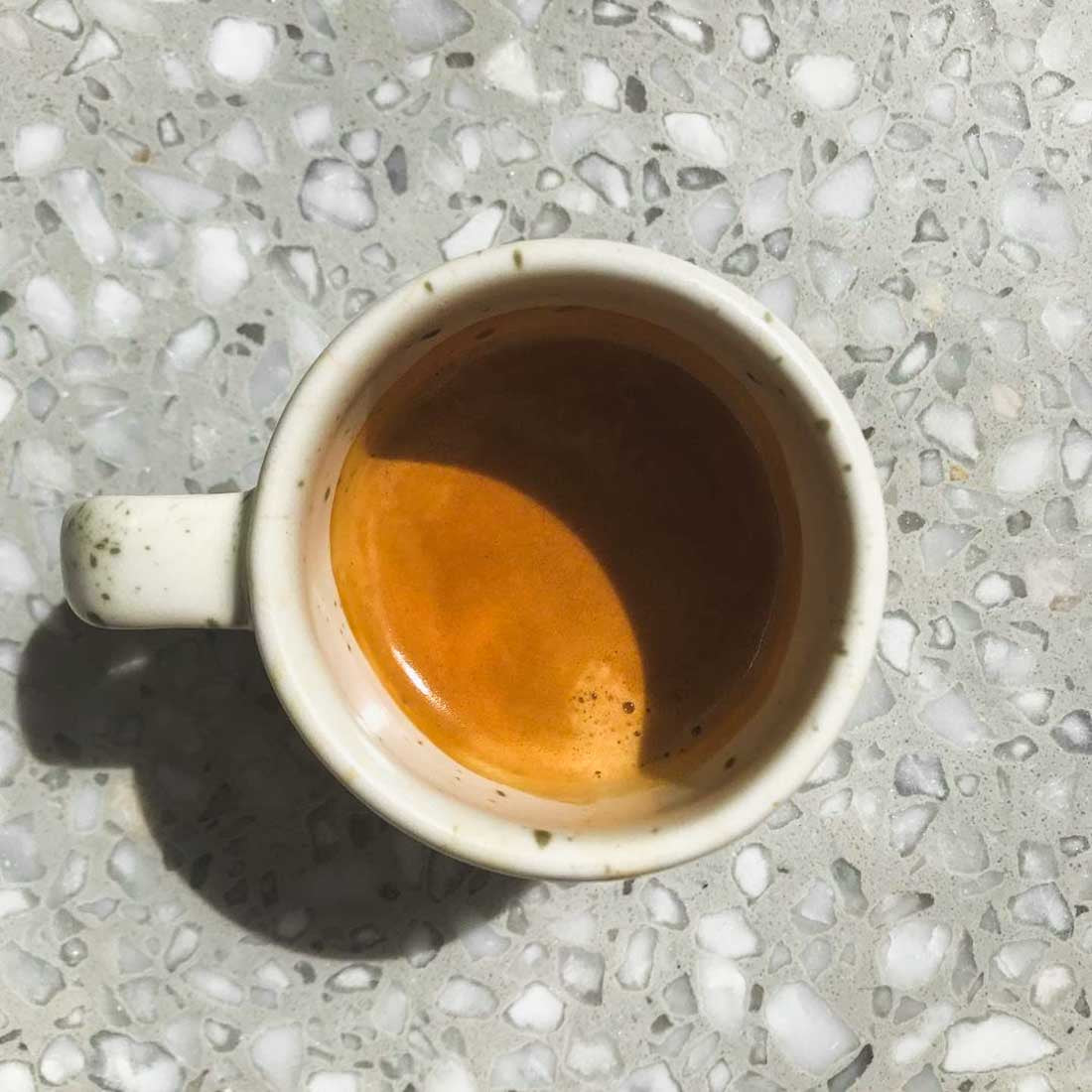
Comments
There are no comments.
Your comment